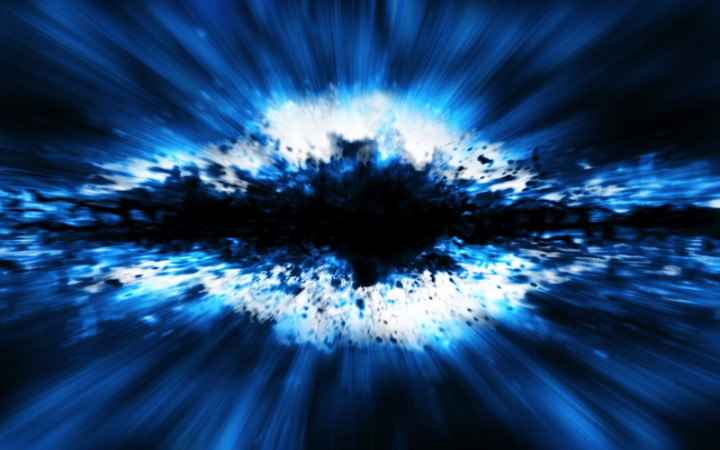Today’s Wonder of the Day was inspired by Al. Al Wonders, “What is a supernova?” Thanks for WONDERing with us, Al!
Stars, like the Sun, fill the universe. The core of a star constantly converts hydrogen, its fuel supply, into helium. This process, called nuclear fusion, makes stars shine so brightly.
After billions of years of burning, a star will eventually use up its hydrogen fuel supply. When nuclear fusion stops, gravity pulls the star inward on itself.
As the star begins to collapse, its inner shell eventually hits the iron core, which creates a huge shock wave. Kaboom! The star explodes, and a supernova is born!
Supernovae (the plural of supernova) can become billions of times brighter than the Sun. A supernova explosion releases billions of tiny particles called atoms into space. These atoms form a huge dust cloud called a nebula.
Many of the atoms that exist today were originally created inside stars and released into space when the stars became supernovae. In fact, scientists believe much of the carbon, oxygen, nitrogen, silicon, and iron on Earth came from supernovae.
The first stars became supernovae about 14 billion years ago. To give you an idea of how long ago that was, a billion seconds ago was almost 32 years ago. As you can imagine, 14 billion years was a really, really long time ago!
When a supernova ends, the star can become a white dwarf, neutron star, or black hole. Smaller stars (those similar in size to the Sun) become white dwarf stars. Medium-size stars (between two to five times the mass of our sun) become neutron stars.
Large stars (more than five times the mass of the Sun) become black holes. The gravity inside black holes is so strong that not even light can escape!




